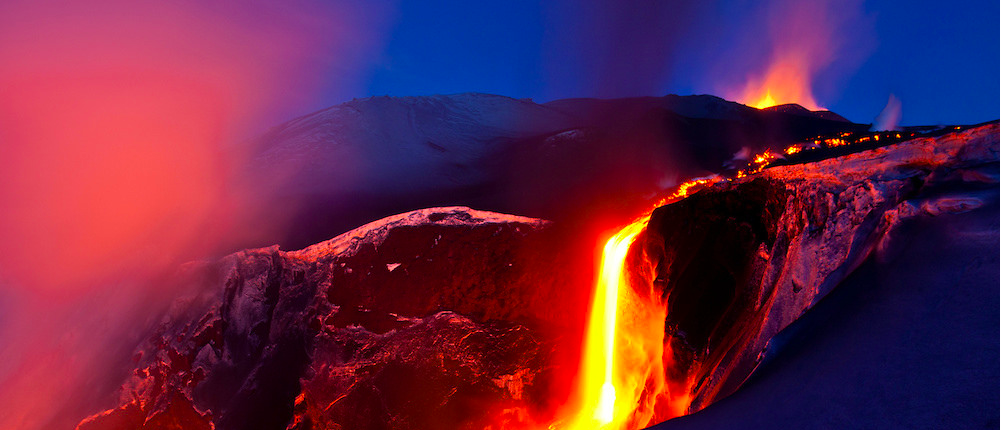New Scientist
Image: Sparkle Motion
Should the “big five” really be the “big four”? For decades, we have recognised five devastating mass extinctions that punctuate the last half-billion years of evolution. But now two geologists are controversially arguing that the end-Triassic extinction – often described as the third largest – has no place on that list.
“Certainly there was an environmental crisis, but it’s not a mass extinction per se,” says Lawrence Tanner at Le Moyne College at Syracuse, New York. “It’s misleading to continue to call it one.” If he is correct, our understanding of the early evolution of dinosaurs will need rewriting.
The end-Triassic extinction of 201 million years ago is less famous than those before and after. The end-Permian “mother of all mass extinctions” 252 million years ago nearly obliterated all complex life, while the extinction at the close of the Cretaceous 66 million years ago is famous because it wiped out all dinosaurs, apart from birds.
The end-Triassic extinction has been linked to a spate of volcanic eruptions around the birth of the central Atlantic Ocean. This “central Atlantic magmatic province” (CAMP) released carbon dioxide and sulphurous compounds into the atmosphere – supposedly triggering global warming, acid rain and widespread extinctions on land and at sea.
“If you look closely you see there’s more subtlety to it,” says Tanner. He and his colleague Spencer Lucas at the New Mexico Museum of Natural History and Science in Albuquerque agree there was ecological upheaval. But they say it took tens of millions of years, so can’t all be linked to the CAMP eruptions.
“There is no single extinction at the end of the Triassic,” says Lucas. “There’s a series of extinctions.” Read more on newscientist.com…








